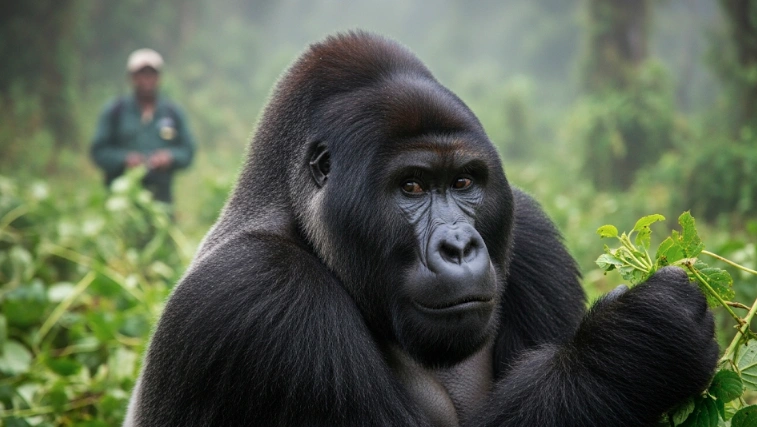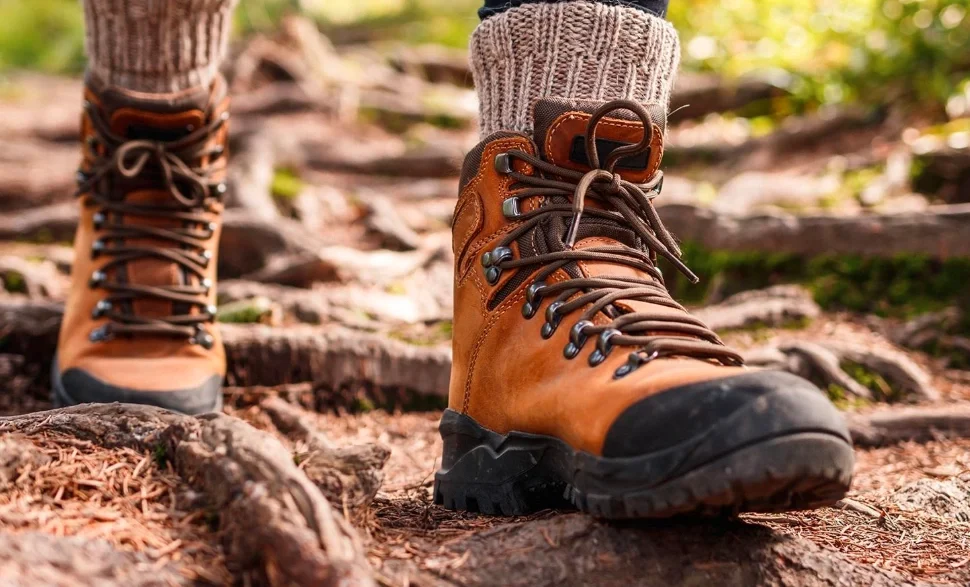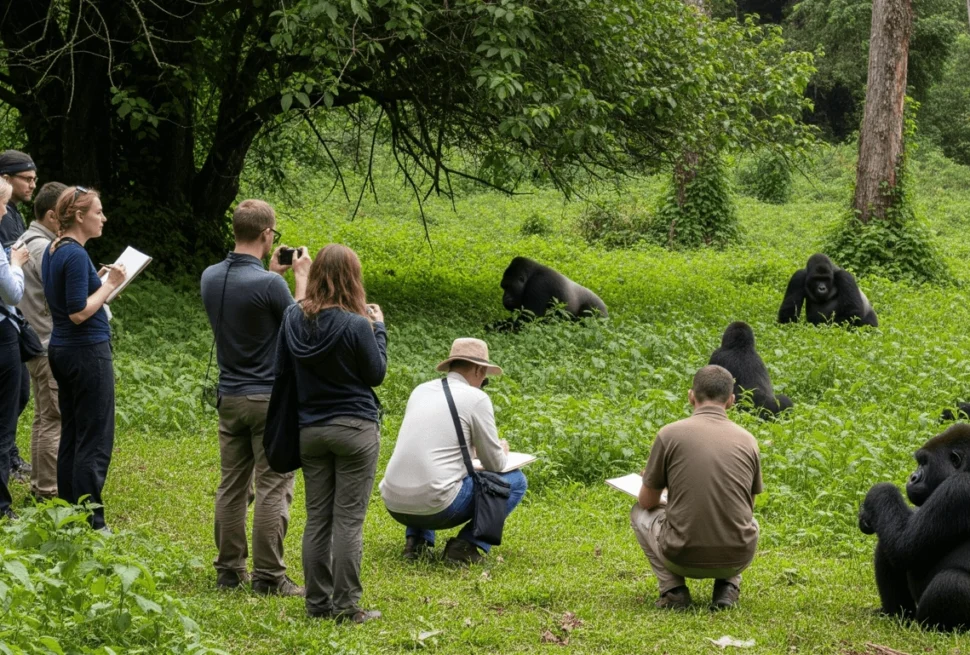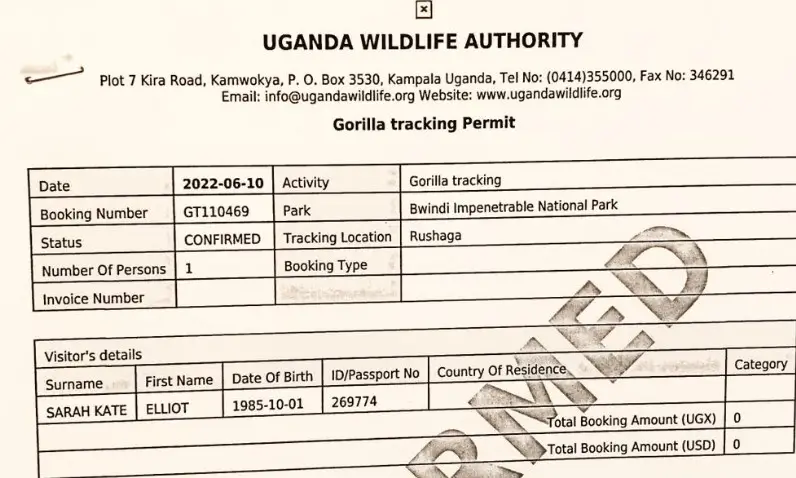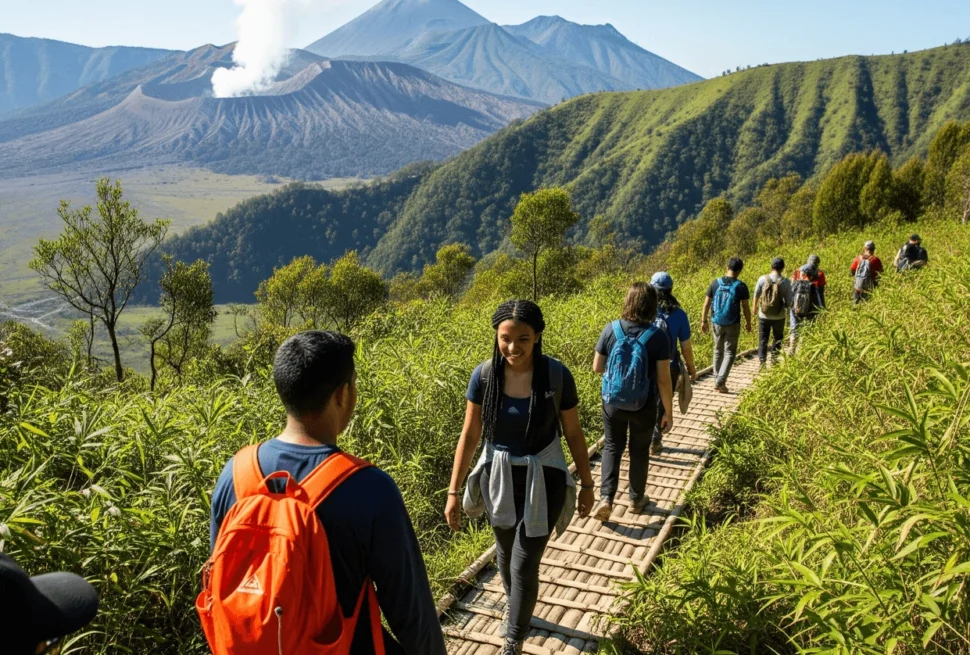Gorilla trekking is often described as a once-in-a-lifetime experience. It’s also one of the most expensive wildlife encounters in the world.
A single gorilla permit in Uganda can cost you $700. In Rwanda, the fee soars to $1,500. But here’s the thing: the high price is not a random tourist tax. It’s deliberate. It’s necessary. And it’s complicated.
The cost of gorilla permits sparks plenty of debate—some argue it limits access to the privileged few, while others insist it’s the backbone of gorilla conservation. But what are we really paying for? And where does that money go?
Key Takeaways
- Gorilla permits fund essential conservation and anti-poaching work.
- Strict visitor limits keep gorilla trekking sustainable and exclusive.
- The high cost supports local communities, creating incentives to protect gorillas.
- Uganda offers one of the most affordable gorilla permits compared to Rwanda.
- Price isn’t just about access—it’s about protecting something irreplaceable.
The True Drivers of Gorilla Permit Cost
Scarcity by Design
Each day, only a handful of visitors are allowed to trek gorillas in Uganda’s Bwindi Impenetrable Forest and Mgahinga Gorilla National Park. Why? Because habituated gorilla families can only tolerate brief, tightly regulated human contact. Pushing those limits risks stressing the animals, spreading disease, and disrupting their natural behaviors.
This isn’t just about scarcity for exclusivity’s sake. It’s an enforced biological boundary. The fewer the visitors, the lower the risk to the gorillas.
High prices act as a control valve—keeping numbers low while still generating enough revenue to fund conservation. If permits were cheap, demand would spike. The forests would flood with tourists. And the gorillas would pay the price.
Funding the Fight for Survival
Mountain gorillas are critically endangered primates, hemmed in by human encroachment and vulnerable to poaching. The permit fees aren’t padding someone’s pocket. They directly fund the rangers, trackers, and veterinary teams who protect these animals every single day.
Without this funding pipeline, anti-poaching patrols would collapse. Habituation programs would stall. Gorilla monitoring would weaken. These aren’t abstract risks—they’re immediate, measurable threats.
According to the International Gorilla Conservation Programme, tourism-generated revenue has played a decisive role in the recovery of mountain gorilla populations. Without it, the species would likely be in sharper decline.
Supporting Local Communities
One of the least discussed—but arguably most crucial—aspects of gorilla permit pricing is revenue-sharing. A percentage of every permit fee goes directly to nearby communities. This isn’t charity—it’s strategy.
By ensuring local people benefit from gorilla tourism, the system flips the incentives. Gorillas become more valuable alive than dead. Forests become more valuable intact than cleared for farmland.
This community-based approach has reduced poaching and built long-term support for conservation. It’s not perfect—some communities still feel marginalized—but it’s a meaningful step toward shared ownership of conservation success.
For travelers interested in responsible travel in Uganda, this is where your permit fee carries real weight.
Gorilla Trekking is Logistically Expensive
Think about what it takes to track a wild gorilla family through dense rainforest: skilled trackers, experienced guides, specialized veterinary teams, regular health checks, and daily monitoring.
These are not mass tourism logistics. They’re small, specialized operations that require serious, ongoing investment. The infrastructure isn’t just trails—it’s helicopters on standby for emergency vet interventions. It’s lab testing to monitor zoonotic disease threats. It’s conservation science in real time.
The permit fee helps keep this machine running.
Uganda vs Rwanda
Uganda offers gorilla permits at $700, while Rwanda’s sit at $1,500. The price difference is striking, but it’s not arbitrary.
Rwanda has positioned its gorilla tourism at the ultra-premium end—targeting high-spending travelers who can absorb the cost. Uganda, by contrast, has kept permits relatively accessible, making it a strong choice for those balancing budget and depth.
Uganda also offers a unique alternative: the gorilla habituation experience, which gives trekkers four hours with a semi-habituated gorilla group—double the time of a standard trek. The cost is higher ($1,500), but the experience is far more immersive.
If you’re weighing options, check our comparison of gorilla trekking in Uganda vs Rwanda vs DRC.
Is Gorilla Trekking Too Expensive?
It’s a fair question. The high price excludes many would-be travelers. Some argue that conservation shouldn’t rely on elite tourism. Others point out that without this funding, there may be no gorillas left to see.
The debate is worth having. But here’s the uncomfortable truth: for now, this model works. Gorilla populations have slowly grown under its protection. Local communities have benefited. Conservation programs have been funded.
Could there be a more equitable system? Possibly. But any alternative must still answer the core question: who will pay to protect gorillas if tourists don’t?
If you’re ready to experience gorilla trekking in Uganda, request a quote and let’s start planning your journey.
Frequently Asked Questions
How much is a gorilla permit in Uganda?
A gorilla permit in Uganda currently costs $700 per person for a standard trek. The gorilla habituation experience costs $1,500 per person.
Why are Rwanda’s gorilla permits more expensive?
Rwanda has deliberately set higher prices to position its gorilla trekking as a premium product. The higher fees also contribute to conservation and community projects.
Is the permit fee refundable?
Generally, gorilla permits are non-refundable. However, in rare cases such as illness, postponements may be possible. It’s essential to confirm terms at the time of booking.
What happens if you miss your gorilla trek?
Missing your trek usually means losing your permit fee. However, there are occasional exceptions. Read our detailed guide on what happens if you miss your gorilla trekking safari.
Do permit fees support local communities?
Yes, a portion of each permit fee is allocated to nearby villages to encourage local stewardship of gorilla habitats and reduce poaching risks.

